
Matt Davies
Before planting my first veggie patch, I stumbled across an article titled “8 no-nos in the vegetable garden”, which quickly prevented me from making all the fundamental mistakes I would have otherwise made. Here is an extended list of no-nos, as well as top tips to grow your own vegetables. Avoid these pitfalls, and you’ll be on track to growing an abundant garden of Eden while reducing your carbon footprint.
Preparation
Thinking too big
Don’t get overwhelmed and overworked tending to a giant vegetable patch. Start small and with just half a dozen different vegetables. if you cultivate everything at once without experience, you could be setting yourself up to fail.
Not preparing the soil
If your soil is infertile, your plants won’t thrive. Preparing the soil must be done before you start planting, once the seeds have started to root, any changes to the soil may cause them to die. The best time to add compost, organic matter, or manure is in spring. Contact your local stables for free manure, they are often more than happy to offload their surplus horse poop.
Over or under fertilizing
Using too much, too little, or no fertilizer at all will result in sickly, slow-growing plants. Plants need nitrogen, and a good organic fertilizer will help them grow tall and strong. However, too much nitrogen and their growth will be so intense that they’ll take longer to be ready for eating. Also, avoid synthetic fertilizers. Although cheaper, they are chemically based and therefore harmful to health and the environment. A good rule of thumb is a 50:50 ratio of fertilizer to the soil.
Companion planting
Certain plants, when planted in tandem, can be beneficial for one another in as much as deterring pests, protection from the elements, and enriching soil fertilization. Conversely, some plants don’t grow well together and should not be planted in close proximity. Potatoes do particularly well next to coriander, beans, corn, or cabbage, but wreak havoc on pumpkins, cucumbers, and tomatoes.
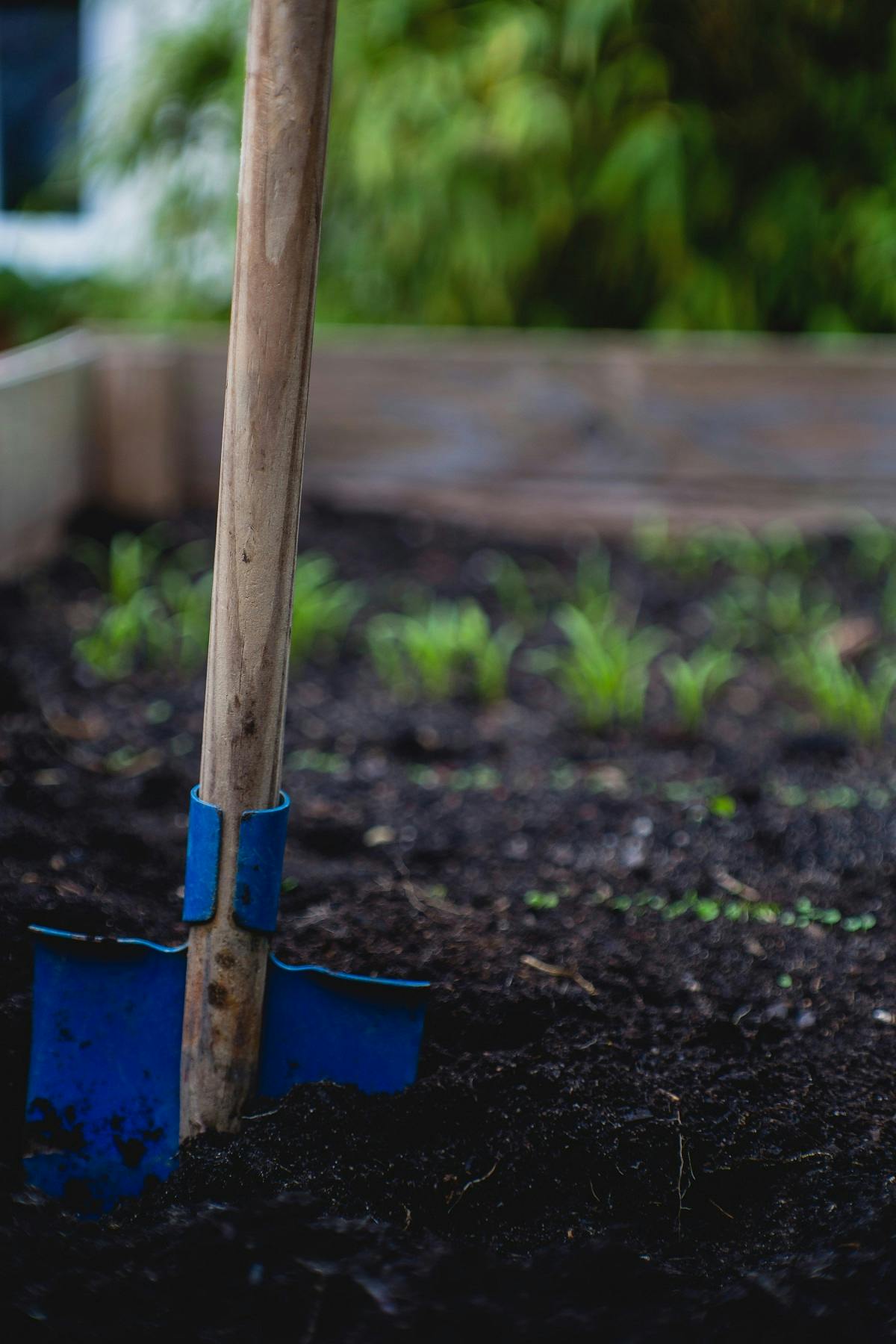
Planting
Where’s the Sun?
Plants need sunlight to grow, however, different plants require different amounts of sunshine, which must be considered when planning your veggie patch. Make sure you know how much direct sunlight each plant needs, and plant accordingly. Seed packets will often include such information to help anyone growing their own vegetables.
Planting too close together
If your seeds are too close to one another, they will compete for resources, which means weaker and smaller plants. Read the instructions on the seed packet to know what the recommended planting distance is.
Planting too deep or not deep enough
When it comes to seeds, the bigger the seed, the deeper it should be planted. However, planting a seed too deep will prevent it from growing due to a lack of sunlight. While seeds too close to the surface, can dry out or culminate into a plant that cannot stand because its root system is too weak.
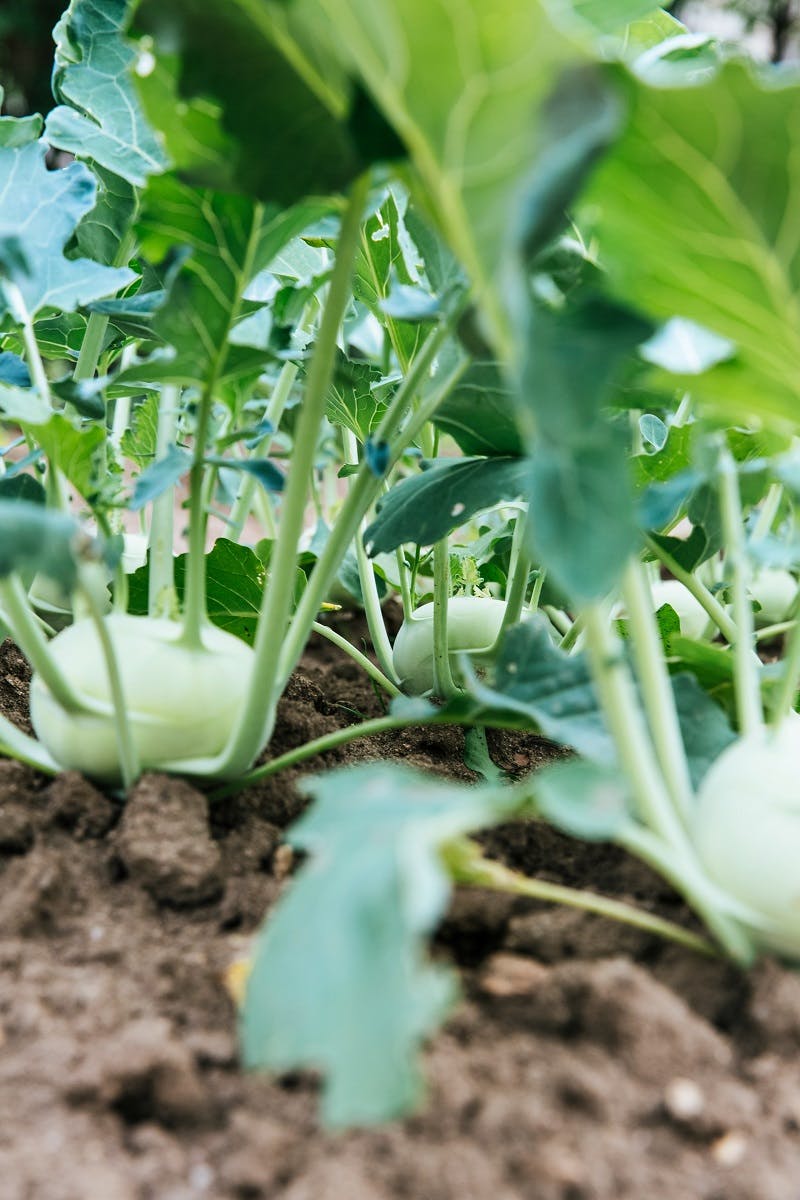


Take action now
Do you want to have a direct impact on climate change? Sir David Attenborough said the best thing we can do is to rewild the planet. So we run reforestation and rewilding programs across the globe to restore wild ecosystems and capture carbon.
Get involvedThe Upkeep
Over or under watering
Like sunshine, different plants require different amounts of water. Too little can result in wilting and dying, and too much can kill the plant by rotting the roots. Most plants need to be watered about 1-3 times a week.
Not getting on top of pests and weeds
There is a long line of insects, rodents, and birds waiting to feast on your yield. To avoid using pesticides, consider using a scarecrow, or hanging old CDs on strings to scare away unwanted guests. Weeds compete with your plants for resources, so they should be uprooted as soon as possible. Try and stay on top of the weed situation, or surround your plants with a mulch to keep weeds at bay.
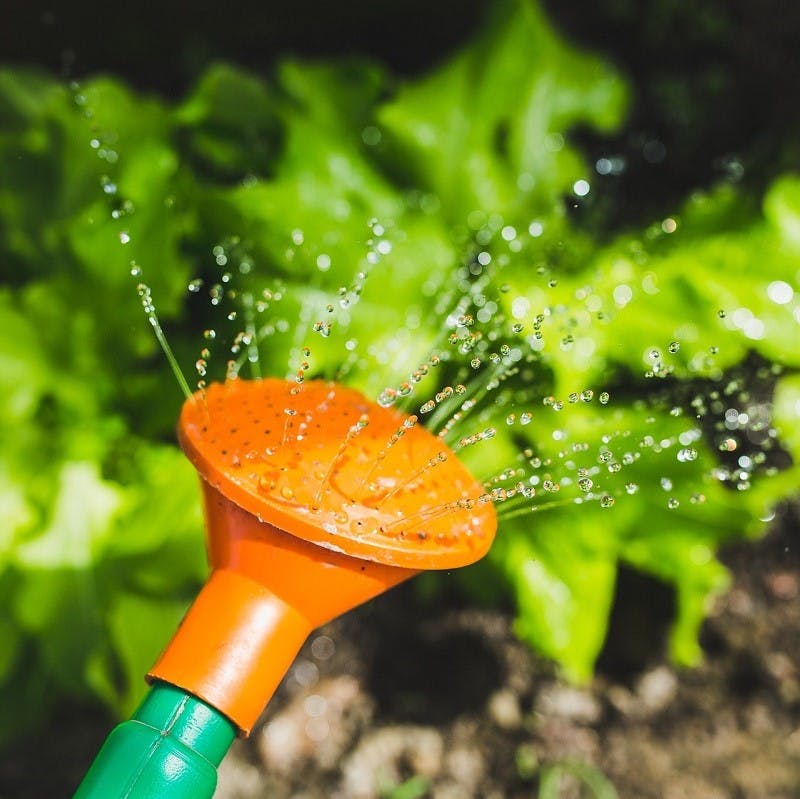
Mulching is the key to success when growing your own
A mulch is a layer of material applied to the surface of the soil. Reasons for applying mulch include conservation of soil moisture, improving fertility and health of the soil, and reducing weed growth. A mulch is usually, but not exclusively, organic in nature. It may be permanent (e.g. plastic sheeting) or temporary (e.g. bark chips). It may be applied to bare soil or around existing plants. Mulches of manure or compost will be incorporated naturally into the soil by the activity of worms and other organisms. You can learn more about composting in our home composting guide.
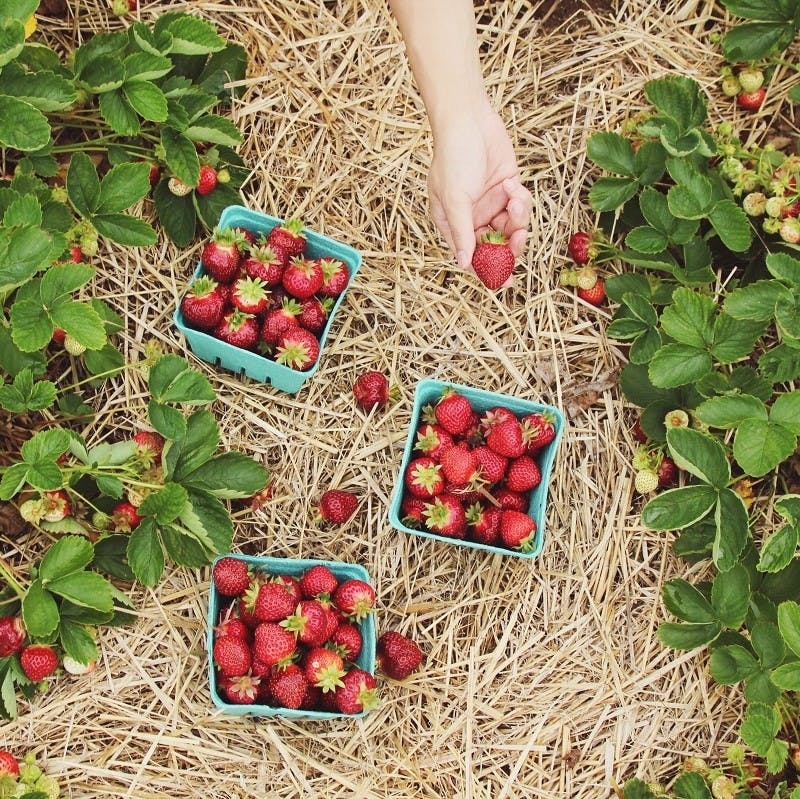
Anyone who has time for drama, is not gardening enough.
Unknown
Learning more...
Don’t be shy!
Talk to local gardeners young and old about how they tend to their allotments. They hold a wealth of knowledge specific to your area. Pepper your local garden centre with questions, no question is a silly question. Also, don’t be afraid to make mistakes, experimentation is the fun part.
Get inspired
I was inspired to grow my own vegetables by watching Fergal Smith’s Growing Series. Coincidentally, some seasons and many ripe tomatoes later, Mossy Earth partnered with Fergal to create our Foraois reforestation project in Ireland. There is a treasure of videos, blogs, forums, and free online courses available on the internet about gardening, so get online and get inspired!
Rewilding your garden / open space
If you’d like to attract more wildlife to your garden or open space, check out our Rewild Your Garden guide.
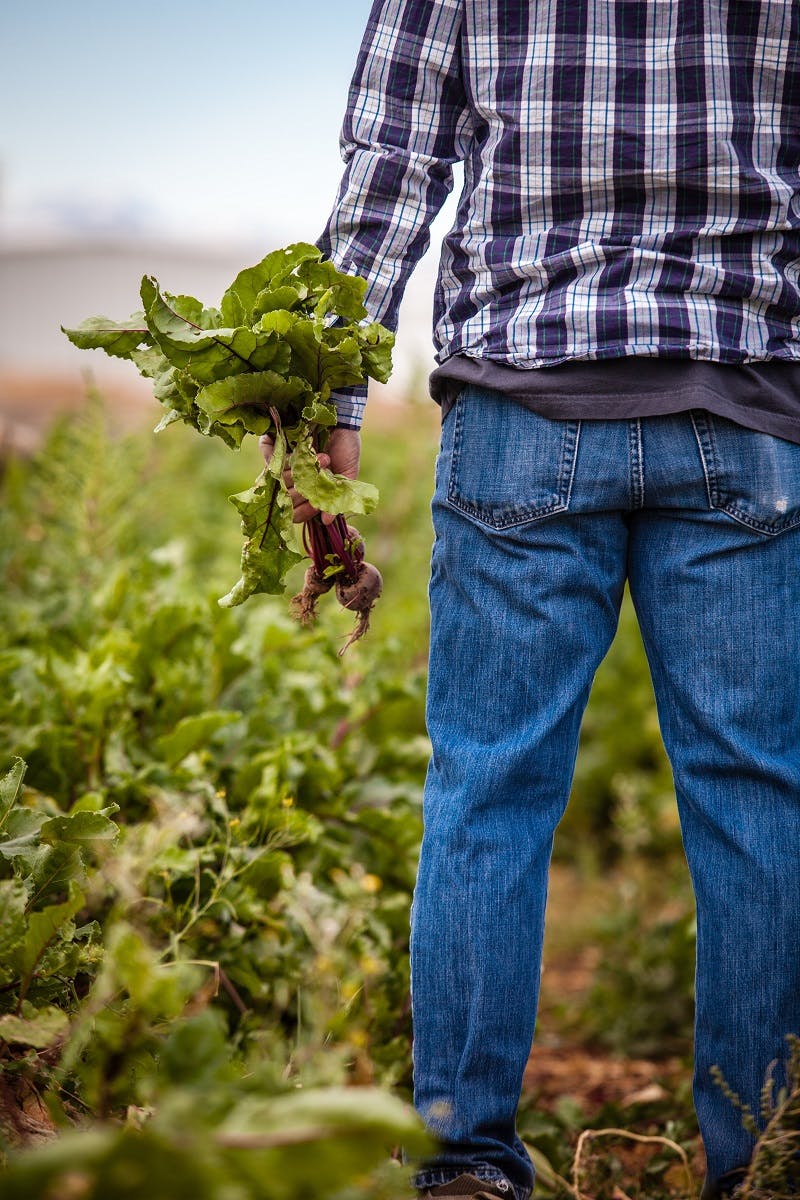
Glossary of terms
Composting: Is an aerobic method (meaning that it requires the presence of air) of decomposing organic solid wastes. It can therefore be used to recycle organic material. The process involves decomposition of organic material into a humus-like material, known as compost, which is a good fertilizer for plants.
Fertilizer: Any material of natural or synthetic origin that is applied to soil to supply one or more plant nutrients essential to the growth of plants.
No-dig gardening: Is a non-cultivation method used by some organic gardeners, so that the natural processes can be preserved. It enables natural relationships between organisms to flourish and preserves the overall structure of the soil, leading to improved plant growth.
Mulch: A layer of material applied to the surface of soil. Reasons for applying mulch include conservation of soil moisture, improving fertility and health of the soil, reducing weed growth and enhancing the visual appeal of the area.
Permaculture: An approach to land management that adopts arrangements observed in flourishing natural ecosystems. It includes a set of design principles derived using whole systems thinking. It uses these principles in fields such as regenerative agriculture, rewilding, and community resilience.
Sources & further reading

- “Practical Permaculture For Landscapes, Your Community and the Whole Earth” - Workman Publishing
- “Earth User's Guide to Permaculture” - Permanent Publications
 Start small and modest
Start small and modest